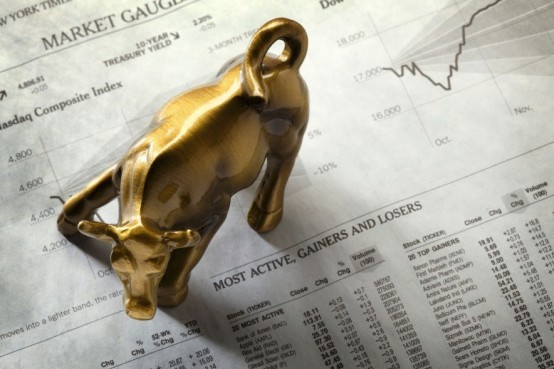DigitalCash (DASH) price
- DASH - USD (United States Dollar)
- DASH - EUR (Euro)
- DASH - GBP (British Pound Sterling)
- DASH - RUB (Russian Ruble)
Market cap
€299,597,368
9,786,806 DASH
Volume (24H)
€32,428,634
1,059,331 DASH
Day's range
€25.17 - €31.04
0.00048840 BTC - 0.00060229 BTC
Last trade
3.30389102 DASH
cexio €83.59
Open price (24h)
€30.79
52 Weeks. Low - High
€25.17 - €31.77
Supply
11,778,691 DASH
Max supply
22,000,000 DASH
Open/Close in UTC time
| Date | Close Price | Open price | Volume (24H) | Market Cap | Day's range |
|---|
What is DigitalCash?
Dash is a peer-to-peer form of digital currency that can be sent over the internet without the need of a middleman like a bank. The cryptocurrency facilitates instant transactions as well as private transactions. The network also rewards individuals and businesses that work to add value to the network.
Dash Crypto History
Dash is the brainchild of Evan Duffield and was formerly released on the 18th of January 2014 as XCoin. It was later renamed Darkcoin on January 28, 2014, and, on March 25, 2015, it rebranded to Dash.
Dash was created with the sole aim of providing complete anonymity when it comes to online transactions.
1.9 million coins, approximately 10% of the total supply, were released at inception as a result of a bug that was created when Litecoin was forked to create Dash. The bug was fixed but Evan failed to convince the community to agree to a pre-launch of the coin. The initial coin supply was thus left unchanged as development continued.
Dash Coin Features
Private Payments
People are increasingly using Dash coin because it keeps payments private. Transactions and balances history cannot be tracked on the network. The network also uses advanced encryption to complete payments and maintain the anonymization process.
Fast Transaction Speed
Dash network harnesses the power of a Masternodes network that allows people to send and receive the digital currency without any wait times. Transactions are usually processed within four seconds.
Low Fees
Transactions on the network only cost a few cents, which is much cheaper compared to other payment systems. Dash is also global, which makes it possible to send money anywhere in the world.
Dash vs. Bitcoin
Dash solves what some users find to be one of the most significant drawbacks of Bitcoin: the lack of anonymity of transactions. While it is possible to identify people behind a transaction on a Bitcoin Blockchain, it is not possible with Dash Blockchain.
Transactions on Dash Blockchain are normally confirmed within four seconds. While sending with Bitcoin, the process can take more than 10 minutes.
Bitcoin transaction fees average about $6 per transaction, while Dash charges approximately $0.4.
The two also differ on the governance structure. Bitcoin does not have a governance structure which means it is impossible to make important changes without splitting the Blockchain to give rise to two cryptocurrencies. Dash, on the other hand, has a voting system through which important decisions are made.
How Dash Works
The primary goal of Dash is to make complex things in the cryptocurrency space easy for average users. Just like most cryptocurrencies, the digital currency relies on Proof-of-Work performed by miners for its operations. However, Dash goes the extra mile by incorporating a consensus system dubbed Masternodes.
Masternodes provide additional features that are not available in other conventional Blockchains. The consensus system enables duties such as PrivateSend, InstantSend and Governance functions in the network. To run a Masternode, one must pay 1000 Dash. In return, one is paid 45% of the reward for every Dash block mined.
Dash was designed to have a total supply of 18 million coins, all of which could reach the market in the year 2300. The average mining time for a block is 2.5 minutes, and the variable block reward decreases at a 7.1% rate each year.
PrivateSend: This feature allows people to send funds privately by mixing a transaction in between other transactions. It is thus hard to identify any specific transaction in a Blockchain.
InstantSend: This feature allows people to send Dash transactions instantly, or just about, (within 1.5 seconds). However, it costs a little bit more to use this process.
How to Mine Dash Coins
Dash Coins are generated through a process called mining, whereby people use specialized computers to solve extremely complex math problems. A miner who discovers a solution to a mathematical problem is allowed to add a new block to a Blockchain. The miner is then rewarded with Dash currency.
One can also own Dash coins by acquiring them from cryptocurrency exchanges. To acquire the coins, you will need a Dash address that acts as a wallet for storing the coins since everything takes place online. You will also need other cryptocurrencies such as BTC and LTC to exchange for Dash coins.











